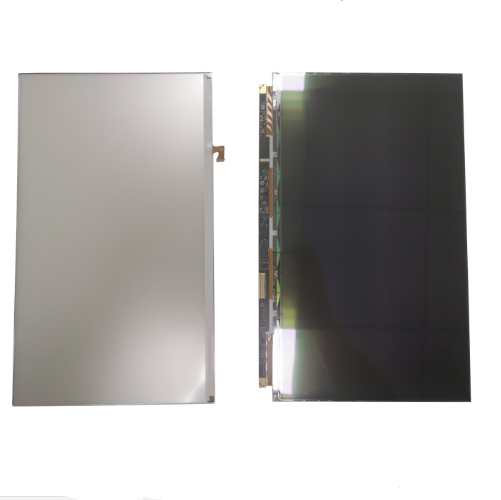News
How LCDs Use Polarized Light and Liquid Pixels
Liquid-crystal displays (LCDs) have taken over the electronic display market.
How LCDs Use Polarized Light
LCDs use polarized light to control the illumination produced by the backlighting system. All LCDs have a backlighting system. Unlike organic light-emitting diode (OLED) displays, LCDs aren’t capable of producing their own illumination. Rather, they require a backlighting system to produce illumination. While the light produced by an LCD’s backlighting system isn’t polarized, it must pass through two layers or filters consisting of a polarizing material. These polarizing filters or layers are designed to restrict the type of light that passes through them.
How LCDs Use Liquid Pixels
Along with polarized light, LCDs use liquid pixels. Each pixel is just a few micrometers in diameter. More importantly, they are made of an organic liquid material. The pixels within an LCD are embedded inside of a separate layer. Known as a pixel layer, it’s located between two polarizing filters or layers.
In a typical LCD, the liquid pixel layer is sandwiched between two polarizing filters or layers. The polarizing filters or layers allow specific colors to the liquid pixels to illuminate. They will essentially block all other colors that aren’t included in the LCD’s image at the time. Therefore, the liquid pixels will only illuminate with the appropriate colors.
Benefits of LCDs
1. Energy efficient, for instance. LCDs consume less energy than many other types of display devices. With their energy-efficient properties, they cost less to use.
2. LCDs are also available in thin and low-profile designs. In the past, display devices were typically large and bulky. The advent of LCD technology has since changed their designs. LCDs support a myriad of shapes, many of which are thin.
3. LCDs can be integrated into touchscreens. If you’re shopping for a touchscreen, you may want to choose a touchscreen with an LCD. Touchscreen LCDs work the same as all other LCDs. They still have two polarizing filters or layers, and they still have liquid pixels.

RELATED NEWS
- Difference Between Monitor and Television 2022-06-09
- WHICH TYPE OF TOUCH SCREEN IS BEST FOR YOU? 2018-08-01
- The Various Uses for UV Light 2022-10-07
- What are the differences among COG, FOG, COB, COF, TAB lcds? 2021-06-19
- What is TFT-LCD? 2021-06-19
CATEGORIES
LATEST NEWS
CONTACT US
Contact: Lani. Zhang
Phone: 13713457217
E-mail: fasstlcd@hotmail.com
Whatsapp:13713457217
Add: No 6-608, B2 Building,Sanhe International,Tongsheng community,Dalang Row,Longhua district, Shenzhen,China
